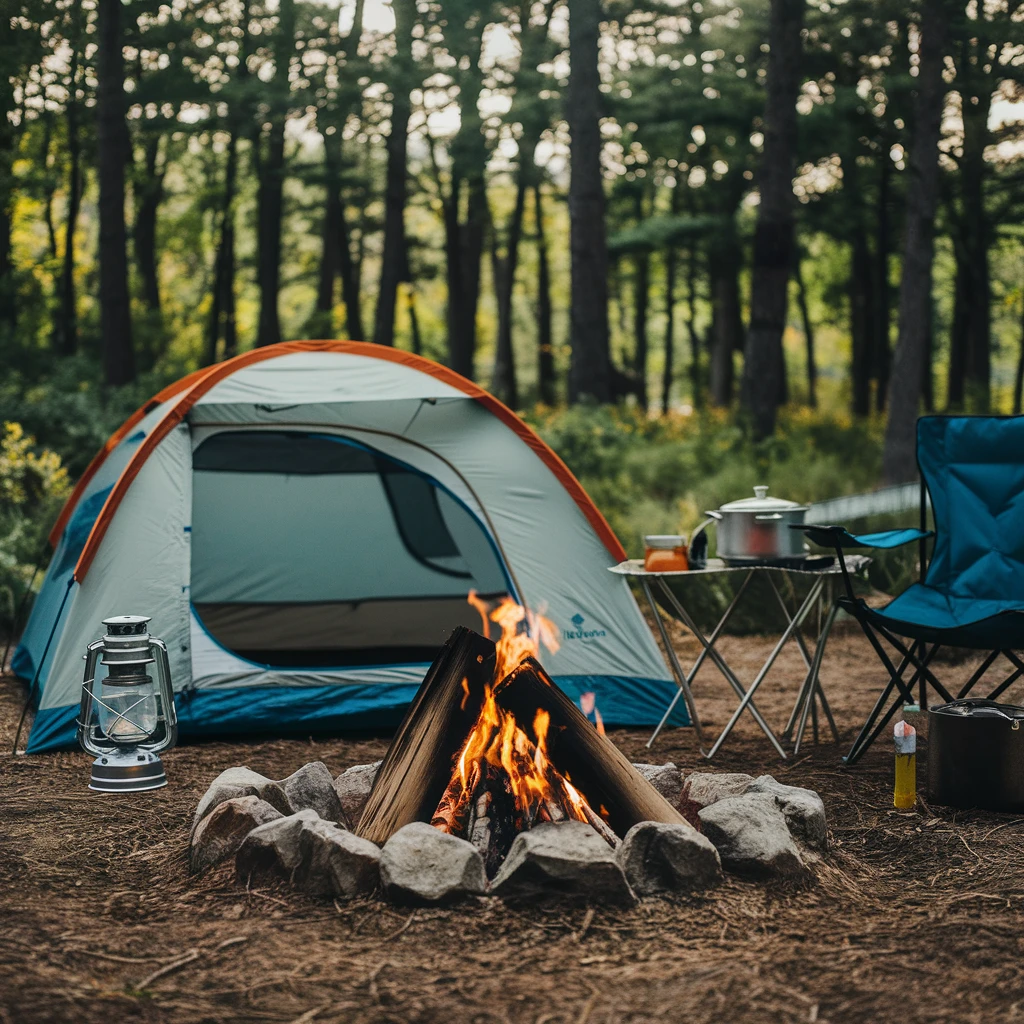Dual Battery Systems & Why You Need One
Spare a thought for your battery. It’s what makes your engine start when you turn the key. All your vehicle’s accessories run off it, and that doesn’t just mean luxuries like your stereo – it’s your lights, horn and instruments, too. When you stop to camp your battery powers your lighting sets and anything else you feel like plugging in to the lighter sockets. It’s a busy item, and it probably feels a bit lonely doing all that stuff by itself. Is it possible to get it some company?
Yes it is, and in fact it’s a really good idea. If you’re looking at doing some serious off-road driving a dual battery setup is something you’d be wise to get. It’s a relatively simple way of improving your vehicle’s reliability. After all the battery is a critical system, and if something goes wrong with it – even simply draining it by accident – you can get stuck pretty easily. Dual batteries give you some welcome redundancy. It’s not quite as simple as just sticking in a second battery though. You can do that, but it would be simpler to just get a single bigger one – you won’t really get much benefit from doing it that way. With a bit of planning you can put together a much better system.
The ideal dual battery setup uses two batteries with separate functions. The most critical task is getting your engine started when you need it, so you should dedicate one battery to that. This means you’ll always have a fully charged battery waiting when you turn the ignition. You can save space and weight here, because if this battery has a single function it can be surprisingly small. You can then use the second battery to run all your accessories. This gives you the redundancy you need. If the starter battery dies you can jump it from the auxiliary. If the auxiliary runs flat then at least you can get the engine running, and charge the auxiliary back up. You’re isolated against all the mishaps that can leave you with no power, because there aren’t many things that can kill both your batteries at once and as long as you have one you can start the engine.
Running dual batteries isn’t just a matter of doubling up the leads – you’ll need an isolator or relay to do it properly. A quick look around the internet will find plenty of suggested circuit layouts, all with their own advantages, and you can choose one that suits you. Any good mechanic can also give you some advice if you’re not an electrical expert. For the ultimate in simplicity and reliability you can just get two big batteries and a heavy duty switch, which lets you select between either battery or both at once.
Whatever setup you choose, a dual battery system ensures you always have the juice to turn your starter motor. Given the size of Australia, and the harshness of a lot of the landscape, getting stuck miles from anywhere is no joke. Sometimes you can bump-start a vehicle with a dead battery, but you can’t rely on it – if there are one or two of you there’s no way you’re going to bump-start a heavy 4wd that’s sitting in the middle of a hundred square miles of soft sand. It’s much smarter – and safer – to carry the electrical power to get yourself moving again.





